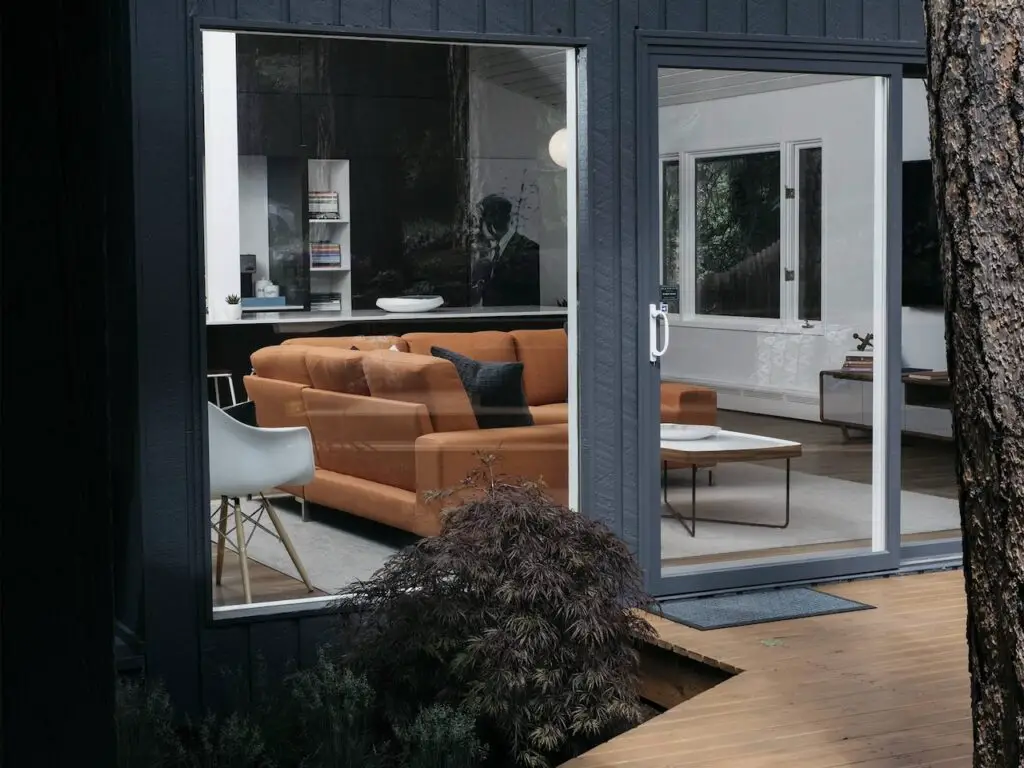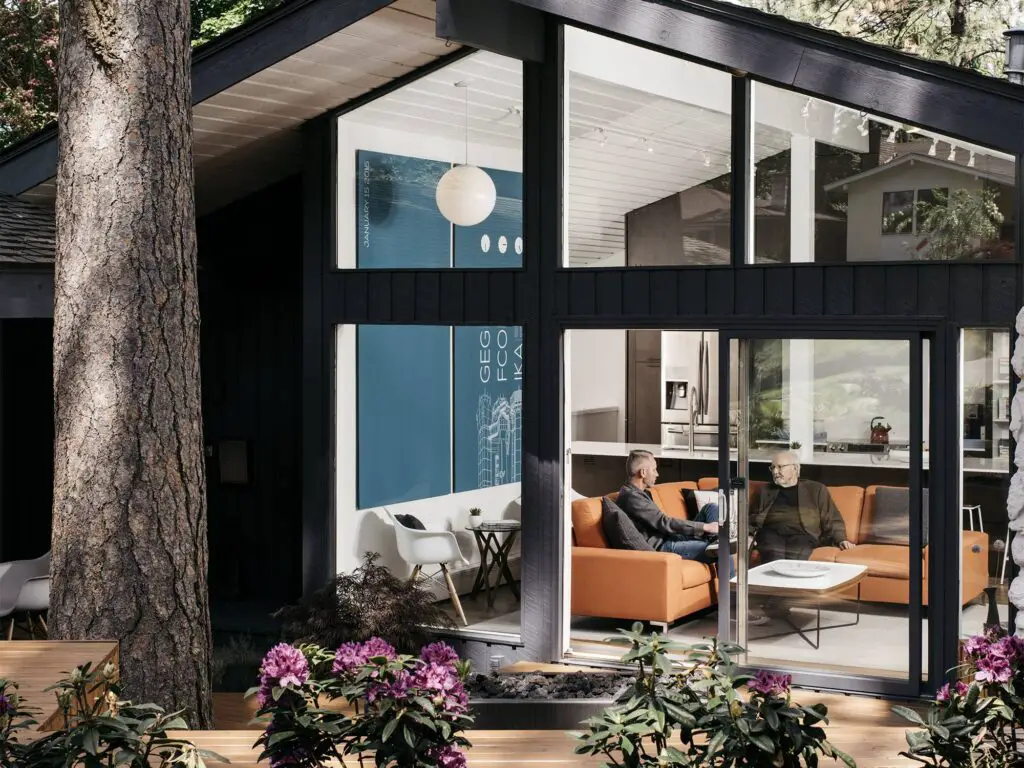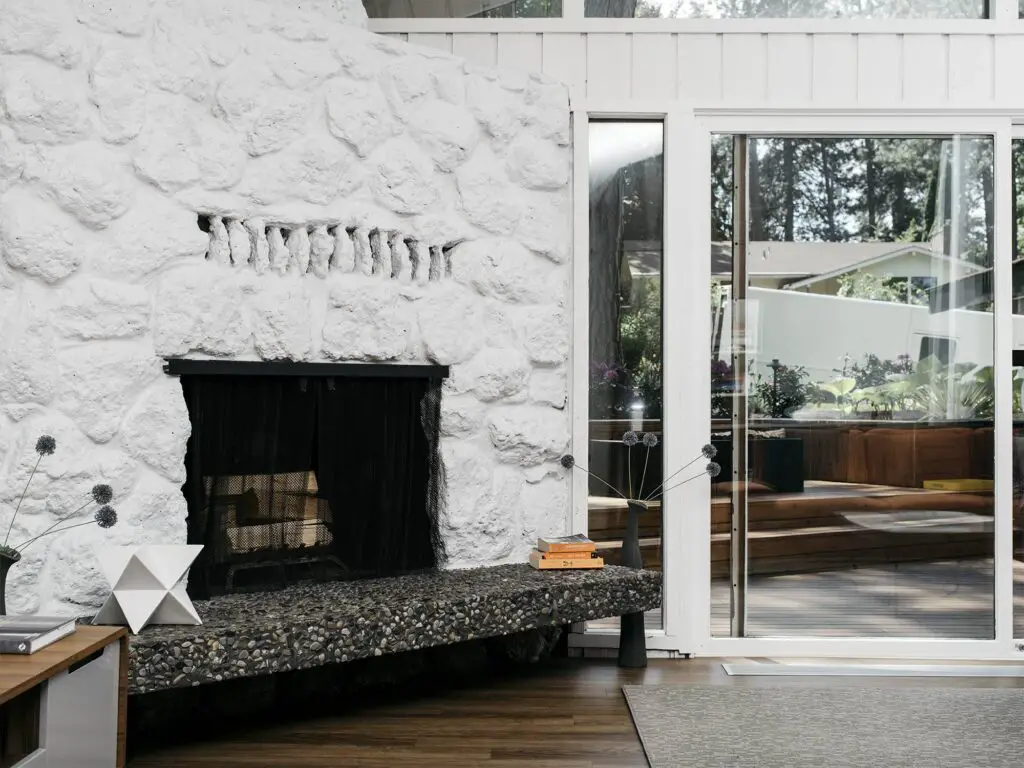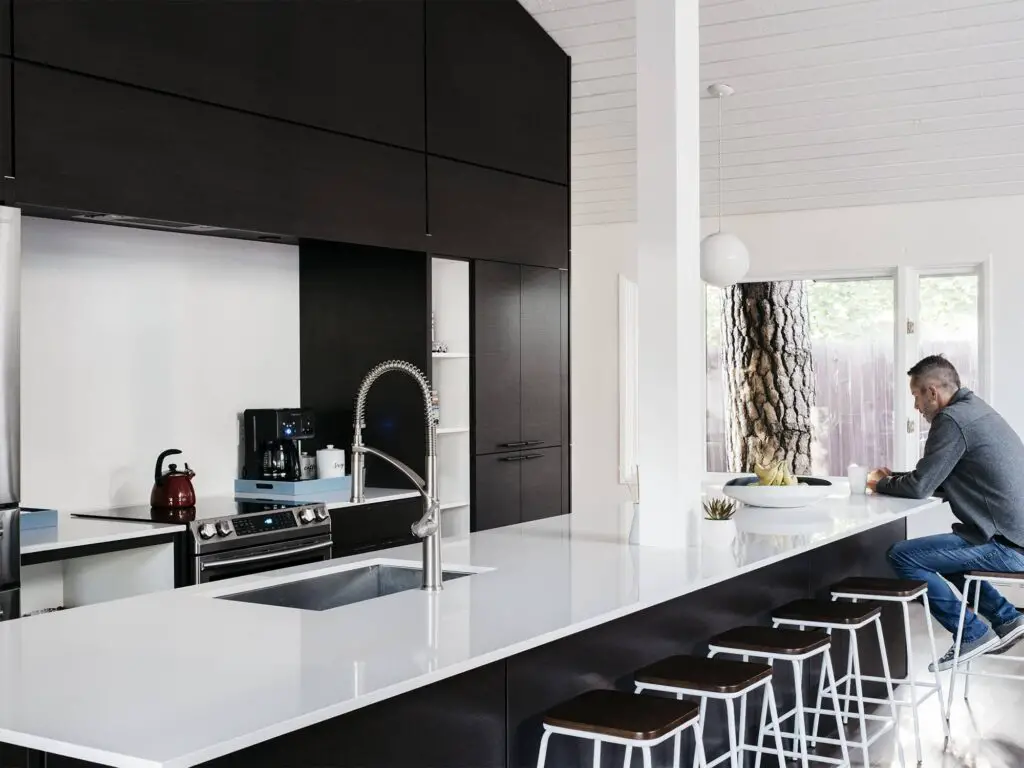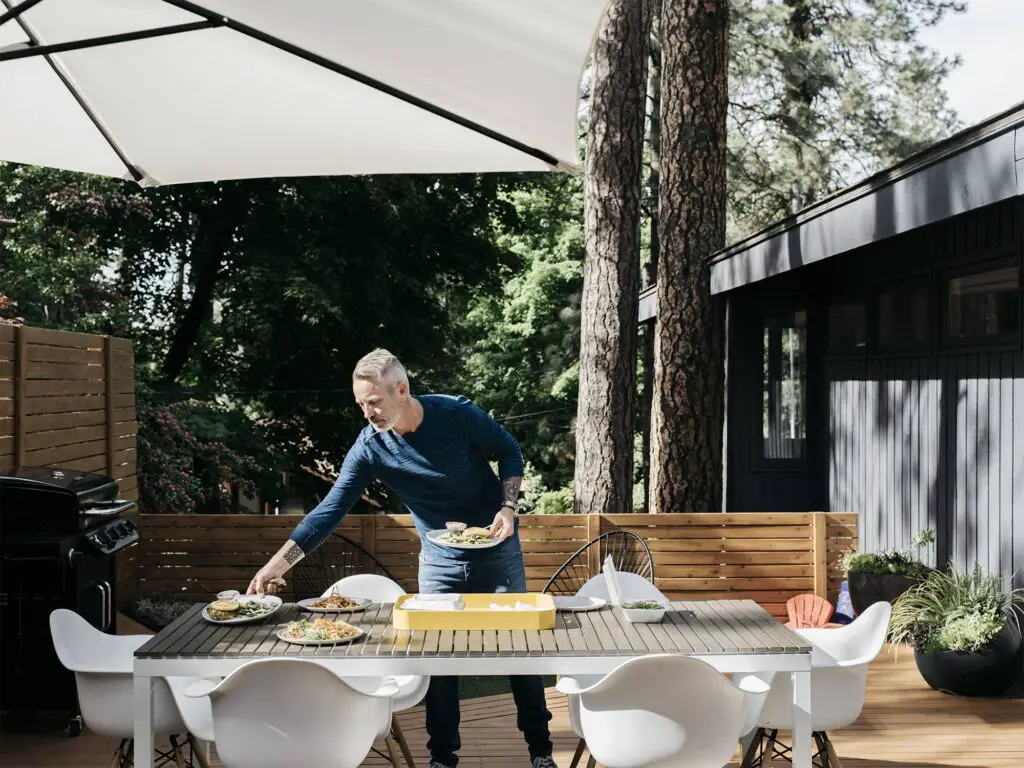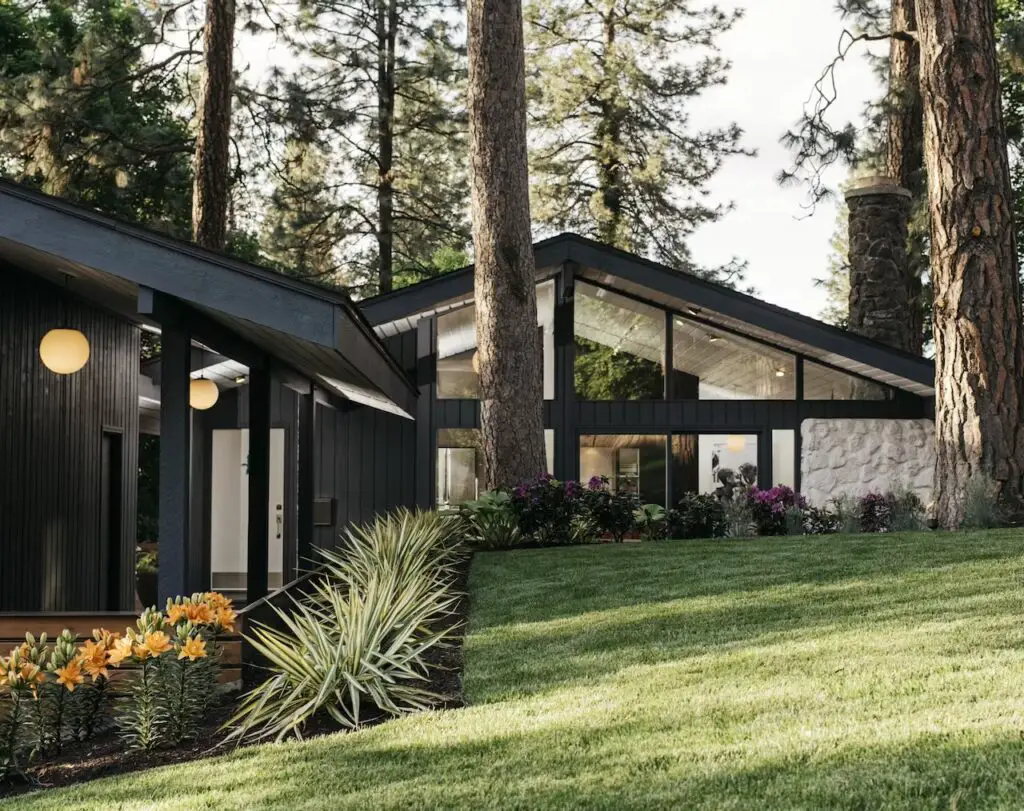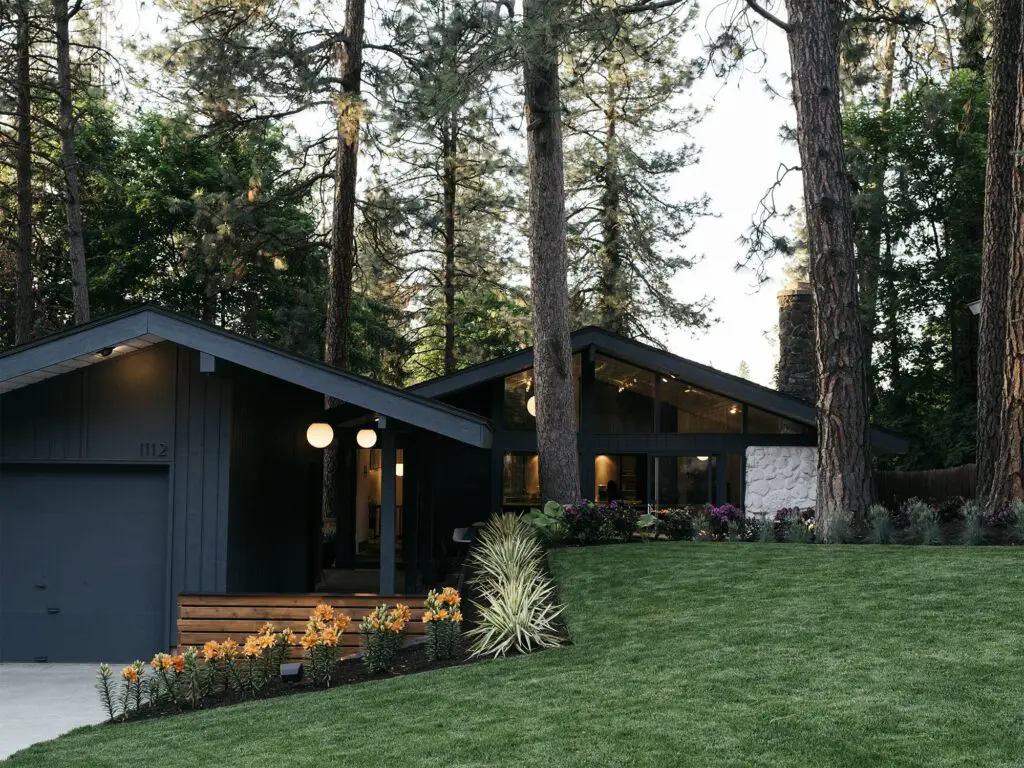
When Washington-based architect Josh Hissong – the founder of HDG Architecture – purchased a post and beam house a few years ago, he knew he had stumbled upon something special.
The house, nestled amidst woodlands and blending seamlessly with its environment, was in dire need of repair and restoration. Little did he know, this house was a creation of Moritz Kundig, an acclaimed local architect.
Josh, whose design firm specializes in a range of projects including commercial, hospitality, and residential, found himself drawn to the midcentury style of the house.
He appreciates how “the home sat amongst the pine trees and sank down low into the site.” This connection to nature and the innovative use of space are hallmarks of midcentury design, which he has long admired for its “open concept and planned sightlines.”
Moritz Kundig, whom Hissong describes as “one of the founders of NAC, an amazing and very large firm with roots in the Northwest,” designed the house in 1971. Kundig’s influence in the area is significant, with designs that are easily recognizable for their unique concepts.
In renovating the house, the new owner and architect adopted a ‘run and gun’ approach. He believes in “stripping a home back to its bones” and then carefully reconstructing it, maintaining the integrity of the original design while updating it for modern living.
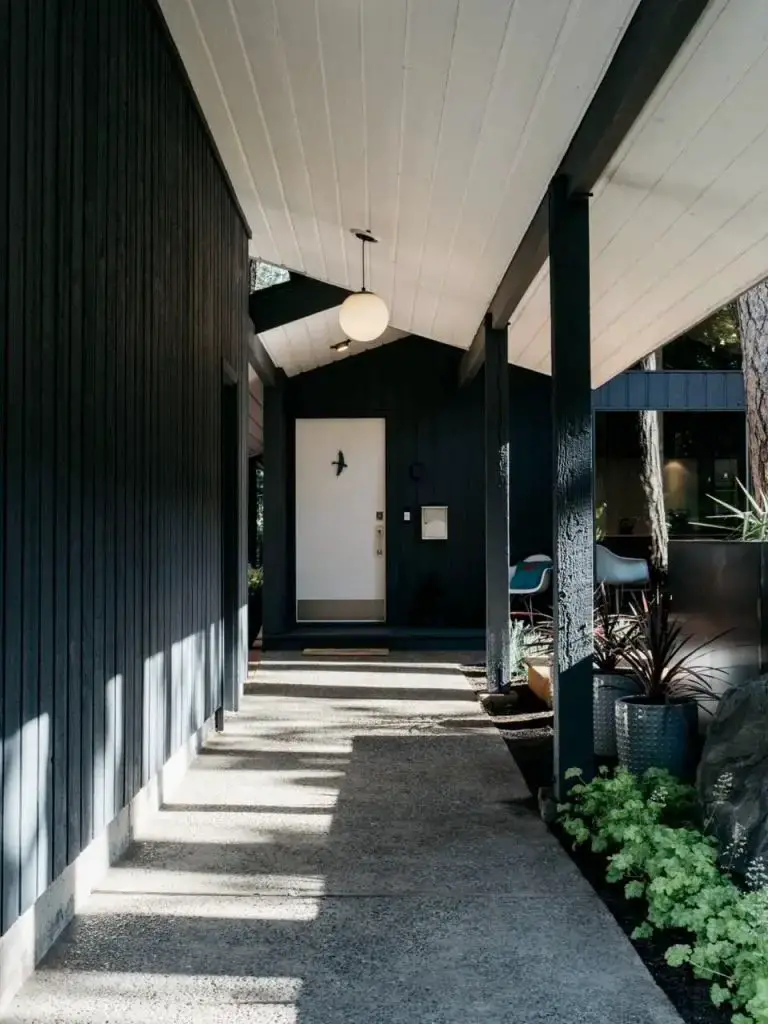
The use of “monochromatic whites and deep wood tones” was central to his design strategy, allowing the architectural lines to shine. A standout feature is the “seventeen-foot bright white Silestone countertop” that serves both as a functional kitchen space and a social hub.
The renovation also involved practical and aesthetic decisions, such as using “an amazing Shaw LVP throughout the main floor for durability and look.” In keeping with the period style, Hissong chose “an Eichler Color (Benjamin Moore, Deep Space)” for the exterior, combined with ultra-bright white soffits and ceilings. The addition of “2500 SF of new 3.5″ cedar decking” pays homage to the era’s preferred materials.
For those interested in midcentury homes, Josh advises, “Find out who designed the home, why they did what they did at the time.” He emphasizes the importance of understanding the architect’s original vision and the historical context of the house. An architect can provide valuable insights into the unique features of these homes, often revealing a clever balance of form and function that defines midcentury design.
